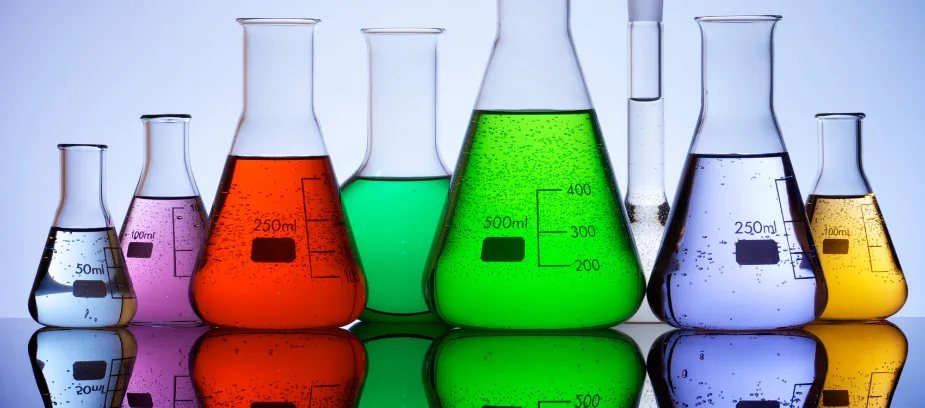Protein expression is a fundamental part of many scientific experiments and industrial processes. However, researchers and biotechnologists often face the challenge of low protein yields. Whether dealing with antibodies, enzymes, membrane proteins, or growth factors, insufficient expression levels can complicate the subsequent purification of the protein.
In this article, we thoroughly explore the challenges presented by low protein yields and investigate the various factors that can influence expression efficiency. Additionally, we offer practical solutions to overcome this common problem, enabling you to enhance your protein expression endeavors.
Why is Protein Yield important?
Insufficient protein yields can hinder research progress and impede the development of life-saving therapies. Low yields can result in compromised downstream applications, inadequate data generation, and increased production costs. Therefore, understanding the factors contributing to low protein expression is crucial for improving overall efficiency.
Factors impacting protein expression and some tips to overcome these:
Several parameters can influence protein yields during expression experiments. While the specific requirements may vary depending on the protein and expression system, here are a few common factors to consider, along with some tips for how to overcome them:
1. Selection of Expression System
The selection of your expression system can have a profound impact on protein yields. Each expression system – bacterial, yeast, plant, insect or mammalian, call-based or cell-free – has its own advantages and limitations where producing recombinant proteins is concerned. Additionally, some proteins may have a higher propensity to misfold or form insoluble aggregates in certain expression systems, often linked to post-translational modifications (PTMs). When selecting your system, consider carefully whether that system is suited to the production of your target protein, including the ability of that system to install the post-translational modifications required for current protein folding.
2. Optimizing expression conditions
In the case of a cell-based expression system, the production of your target protein is closely linked to the growth conditions of your cell line. Factors such as temperature, pH, aeration, and nutrient availability can affect both cell growth and protein yields. Adjust these conditions to promote cell viability, proper protein folding, and secretion, which can ultimately enhance expression efficiency.
Advanced cell-free platforms like ALiCE®, a eukaryotic cell-free protein expression system, excel in producing proteins at scale. Such systems can offer a plug-in-and-play solution, requiring fewer system optimizations. Learn more about the ALiCE® expression system.
3. Vector Design Optimization:
The design of your expression constructs can significantly impact protein yields. When designing your expression vector, it’s essential to consider elements like promoter strength, codon optimization, and fusion tags, including solubility tags. These factors have a significant impact on protein yields. By optimizing the vector design, you can enhance translation efficiency and stability, resulting in improved protein production.
Learn more about solubility tagging.
4. Induction Strategy Optimization:
If you are using an inducible expression system, carefully optimize the timing and concentration of the inducer molecules. Find the right balance to avoid cellular toxicity while maximizing protein production. Alternatively, consider using a cell-free expression system which is less susceptible to the toxic effects of proteins.
5. Cell Density Control:
Adjust the cell density of the expression culture at the time of induction. Maintaining an optimal cell density range ensures the availability of necessary resources for efficient protein synthesis.
Conclusion:
Optimizing protein yields in expression experiments is crucial for advancing scientific progress and enabling downstream applications. Several key factors play a role in addressing low protein yields. By carefully considering the choice of the expression system, vector design, expression conditions, induction strategies, and cell density, researchers can enhance protein expression efficiency.
Our expression system, ALiCE, offers solutions to many of these challenges, from requiring minimal system optimizations to produce a broad range of proteins, to an ability to produce toxic proteins with ease. Our protein service team specializes in optimal construct design, providing tailored solutions to meet the unique requirements of each customer’s protein. With these advantages, researchers can confidently pursue protein expression without the limitations of traditional systems.

Intrigued? Download our Step-by-Step guide on how our protein service works to address all your protein needs.
Learn more about the ALiCE protein expression technology

The technology behind
ALiCE® is a eukaryotic cell-free protein expression harnessing the power of N. tabacum cells.

ALiCE® as a kit
ALiCE is available as a cell-free protein expression kit in three different sizes to suit your needs.

ALiCE® as a service
We offer an end-to-end protein service from cloning to expression and purification.
